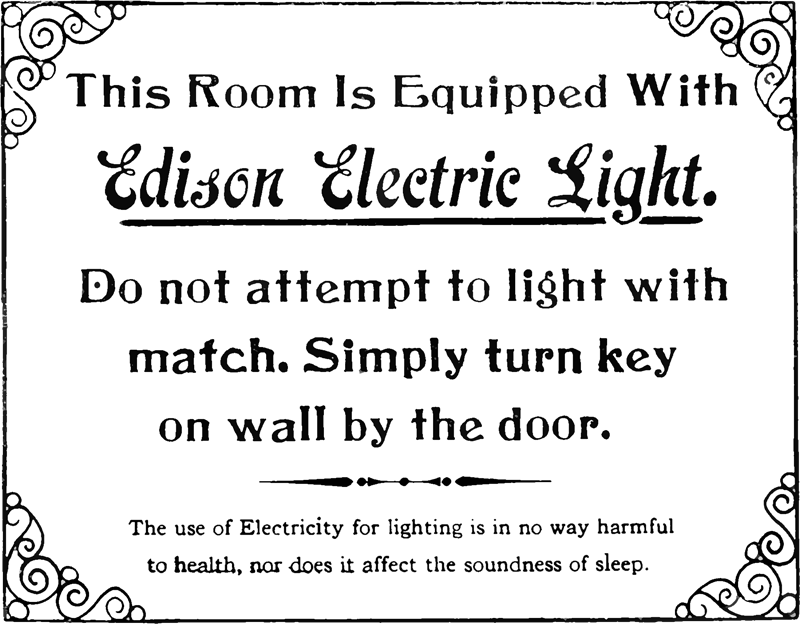
The dollar cost of using Edison Light bulbs has largely been smothered by all the talk of efficiencies and greenhouse emissions. Hysteria seems to abound when it comes to the humble light globe. What we need to focus on is just how much one of these old style bulbs will cost to run. According to yourhome.gov.au “Lighting is responsible for 10% of the average family’s electricity bills but in some homes this can be much higher. You could be wasting hundreds of dollars a year just lighting your home.” Wow 10%, so changing one 40Watt globe for an 11Watt globe will save about two fifths of FA.
Given that most people have some form of existing lighting, a better way to look at this problem is by cost comparison.
Whilst efficiency plays a big role overall in terms of total energy use, it is not always the defining solution. In terms that people can understand we will attempt to lay the facts out as we see them.
By and large energy use is what makes carbon dioxide, if you use more electricity, more greenhouse gas is created and released into the atmosphere. So the most interesting figure is how much energy is used per bulb. In essence how much does it cost by comparison with other lighting. We don’t need to worry about how bright a bulb is unless we have to add more light. Do we need more light or just better light? For that matter how much does it cost to run that beer fridge in the garage?
Now we are not suggesting you replace all your high efficiency lighting with old fashioned tungsten bulbs. In fact LED lighting looks to be the best bet for overall efficiency albeit at a high initial cost. What we suggest is that you think about the actual cost of eating a meal under a warm bare bulb for an hour each night or sit watching TV with just one lamp on. Use light efficiently, turn off main room lighting when it is not needed. Where you might like a candle lit dinner, try a bare Edison bulb. In our main office we have 10 X 10 Watt LED down lights and whilst they are not pretty, they are on all day and so high efficiency is the aim.
(Update 2018): Now that we have a range of vintage warm filament LED’s and a range of “tungsten warm” filament LED’s it is feasible to do away with vintage filament altogether. There have been problems associated with automated control systems and low output in smaller bulbs, but by and large they provide a reasonable solution. All new globes are now produced with Enhanced Protection & Dimming making for trouble free dimming under nearly all circumstances. They do cost around 3 times that of a vintage equivalent but the good news is that they are designed to last 10 times longer. The true value of these LED’s is there overall cost of use. The replacement cost of blown bulbs over time should now be far less. Along with this saving they use way less energy and also produce less heat, making a saving for some in air-conditioning cost.
So in conclusion there seems to be far worse energy consumption problems than the odd light bulb. Just a hint, get rid of that beer fridge in the garage and buy your Crown Lager six at a time from the bottle shop…







 Subscribe to our channel
Subscribe to our channel